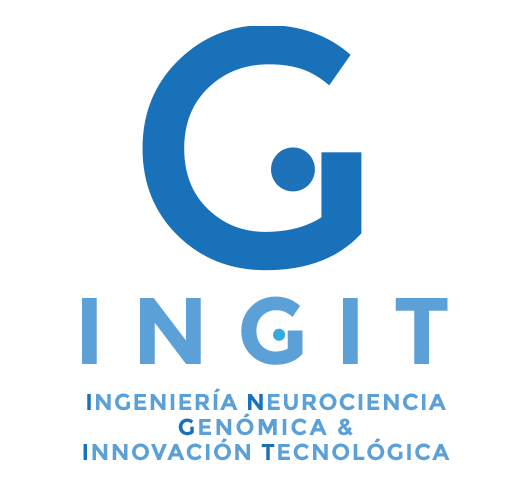La conciencia, suma de estados de consciencia puntuales de los objetos-sucesos, con conocimiento e información multicódigo (proposicionales y de imágenes sensoriales).
(Capítulos de Tesis doctoral en preparación).
Introducción
Abstract
PROBLEM DEFINITION IN NEUROPSYCHOLOGICAL FIELD THAT IS RAISED to stablish functional semantic theory and application to develop support, accessibility and cognitive non-invasive prostheses in intellectual’s disabilities (ID): How can develop the scientific foundations theory, and how to create effective cognitive supports for daily living (DL) of intellectual disability (ID) people, implementing technology with efficient systems in assisted housing, for increase their quality life (QL) in quantitatively assessable form?
WHAT IT CURRENTLY SAYS THE PRESENT PHD PROJECT: < Consists of developing the foundation of a theory in Neuropsychological knowledge model, as well as the implementation therefore cognitive support, accessibility and prostheses technology solutions, applied in sheltered housing for disabled intellectuals (DI), with computer and peripheral supplements for support with intellectual abilities, based on technological systems, conventional and advanced, with elaboration knowledge operating, that permit increase the quality of life of those affected, introducing intelligent indicators, with big data and deep learning, how systemic cognitive support>
KEY TERMS:
Meaning, grounding, semantic network, knowledge, neural networks, intellectual disability, cognitive deterioration, injury brain, cognitive prosthesis, deep learning technology, artificial intelligence, reverse engineering, HCI, BCI.
Note: Underlined more relevant that the rest.
- Introduction
Model of neuropsychological semiotic knowledge according different authors and the profile of Intellectual Disability people (ID) according Quality of Life (QOL).
* World Health Organization, ID and QOL definition:
“Dementia is a syndrome due to disease of the brain, usually of a chronic or progressive nature, in which there is disturbance of multiple higher cortical functions, including memory, thinking, orientation, comprehension, calculation, learning capacity, language, and judgement. Consciousness is not clouded. Impairments of cognitive function are commonly accompanied, and occasionally preceded, by deterioration in emotional control, social behaviour, or motivation. This syndrome occurs in Alzheimer’s disease, in cerebrovascular disease, and in other conditions primarily or secondarily affecting the brain.”
Quality of life (QOL) is the general well-being of individuals and societies, outlining negative and positive features of life. It observes life satisfaction, including everything from physical health, family, education, employment, wealth, safety, security to freedom, religious beliefs, and the environment.
Injury symptoms and neural networks (correlation networks and fails)
* CHC model (Cattell-Horn-Carrol) and IQ, are the main indicator of level disability in Intellectual Disease (ID) and cognitive deterioration equivalent in the ageing, the index is: ID (%) = 100- QI (%); IQ indicate verbal capacity in a correlation: 0,74. Verbal capacity is the most important function of communication, by the language.

INGIT
INGENIERÍA NEUROCIENCIA GENÓMICA & INNOVACIÓN TECNOLÓGICA
- Estás navegando en nuestro blog.

¿Qué te ha parecido?
¿Tienes algún comentario o aportación a este artículo? contacta conmigo y envíame tus comentarios o aportes.






